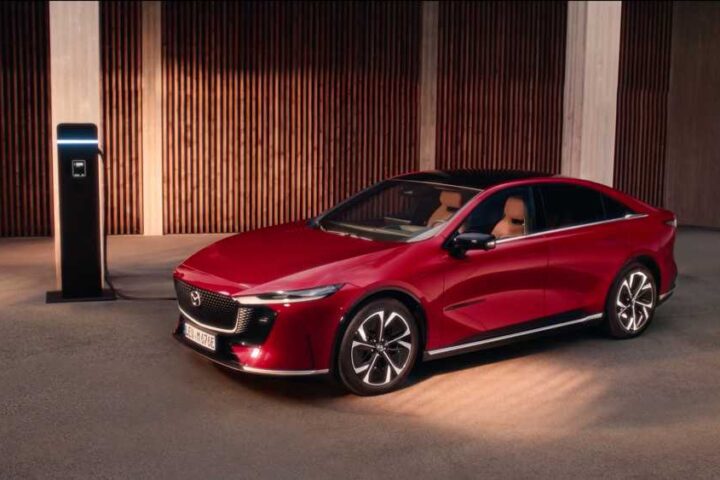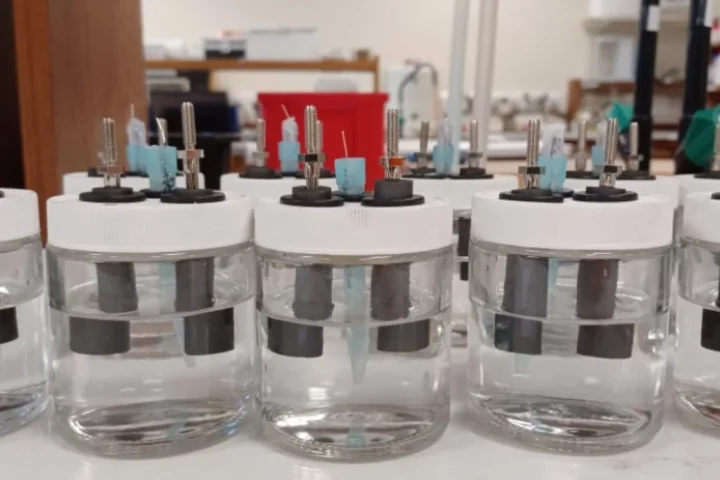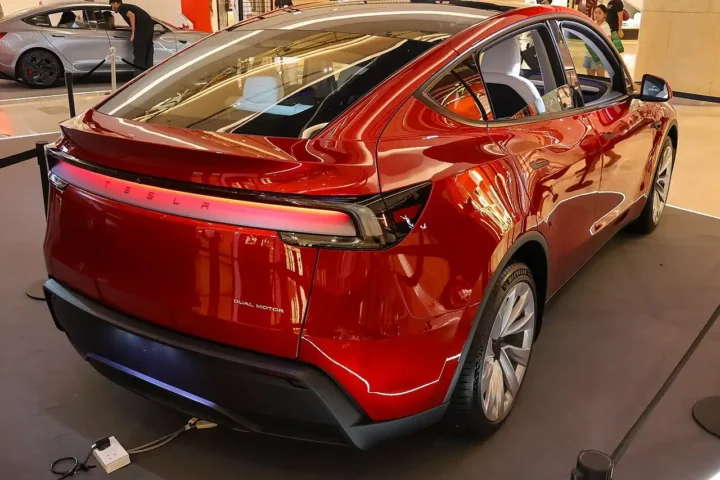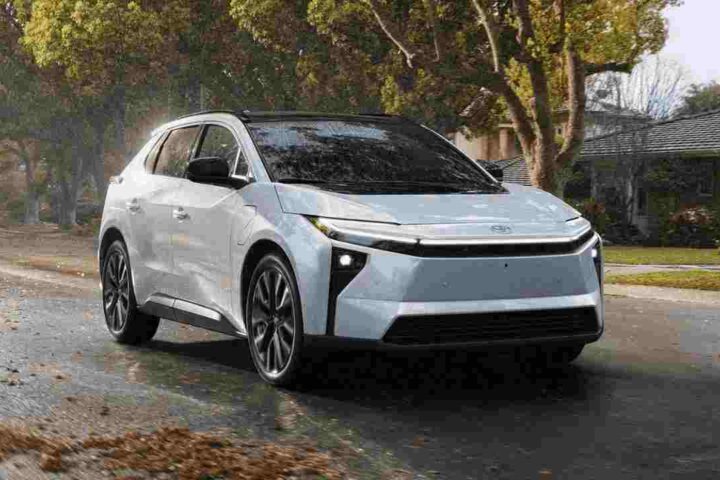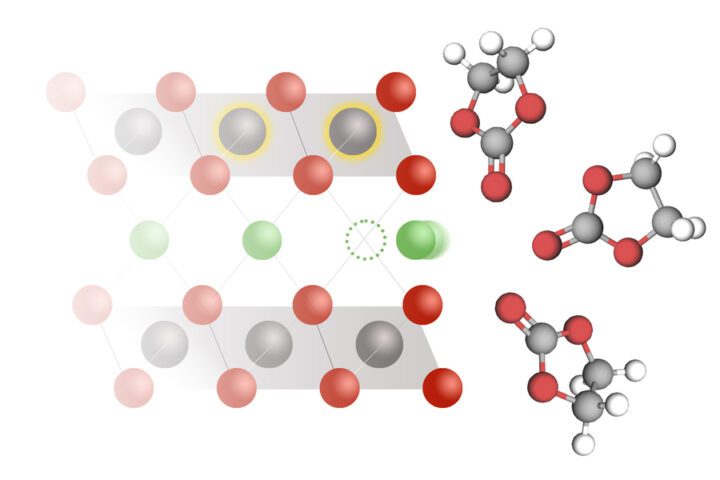Governor Gavin Newsom has signed legislation that could help lower gasoline prices for California drivers. Assembly Bill 30 allows the sale of E15 fuel – gasoline containing 15% ethanol – while the state’s Air Resources Board (CARB) studies its environmental impact.
The new law makes California the final state to approve E15 sales, ending its status as the only state that didn’t allow this fuel blend. E15 has been widely adopted across the country, with more than 3,000 stations in 31 states already selling it.
“Thanks to our work with the legislature, we have averted billions of dollars in higher costs at the pump by avoiding the kinds of severe gasoline price spikes we saw a few years ago,” said Governor Newsom. “While we continue the critical work to stabilize our state’s fuel market, we’re cutting red tape to provide consumers with more options.”
The bill’s immediate effect could translate to significant savings. According to a study by the University of California, Berkeley and the United States Naval Academy, E15 could lower gasoline prices by up to 20 cents per gallon, potentially saving Californians as much as $2.7 billion annually. However, implementing E15 would require infrastructure modifications throughout the state, including updates to retail gas stations.
More Posts
Assemblymember David Alvarez (D-San Diego), who authored the bill, highlighted its dual benefits: “By authorizing the sale and use of E15 gasoline, we can reduce the cost of gas and maintain our commitment to a cleaner environment.”
Environmental concerns have been addressed through research. A study from the University of California, Riverside found that increasing ethanol content in gasoline would not affect nitrogen oxide emissions and would actually reduce particulate emissions, suggesting E15 could offer both economic and environmental advantages.
For consumers wondering if their vehicles can use E15, the EPA has approved it for all light-duty conventional vehicles from model year 2001 and newer. Drivers should check their owner’s manual for specific compatibility information, as some manufacturers have different recommendations.
The bill is part of a broader state effort to stabilize California’s fuel market. Recent actions include legislation that provides for targeted increases in oil production in Kern County and new transparency requirements for the oil industry. The state has also established minimum supply inventory requirements and mandated plans for refinery resupply during maintenance periods.
These combined measures aim to prevent the severe price spikes California experienced in 2022, while continuing the state’s transition toward cleaner transportation options.
Industry groups including Growth Energy and the Renewable Fuels Association have applauded the move, noting that E15 approval will support American farmers, create jobs, and boost the agricultural economy while giving consumers more affordable fuel choices.
With AB 30 now signed into law, Californians can expect to see E15 fuel options appearing at gas stations soon, though the full rollout will depend on retailer readiness and infrastructure updates.








